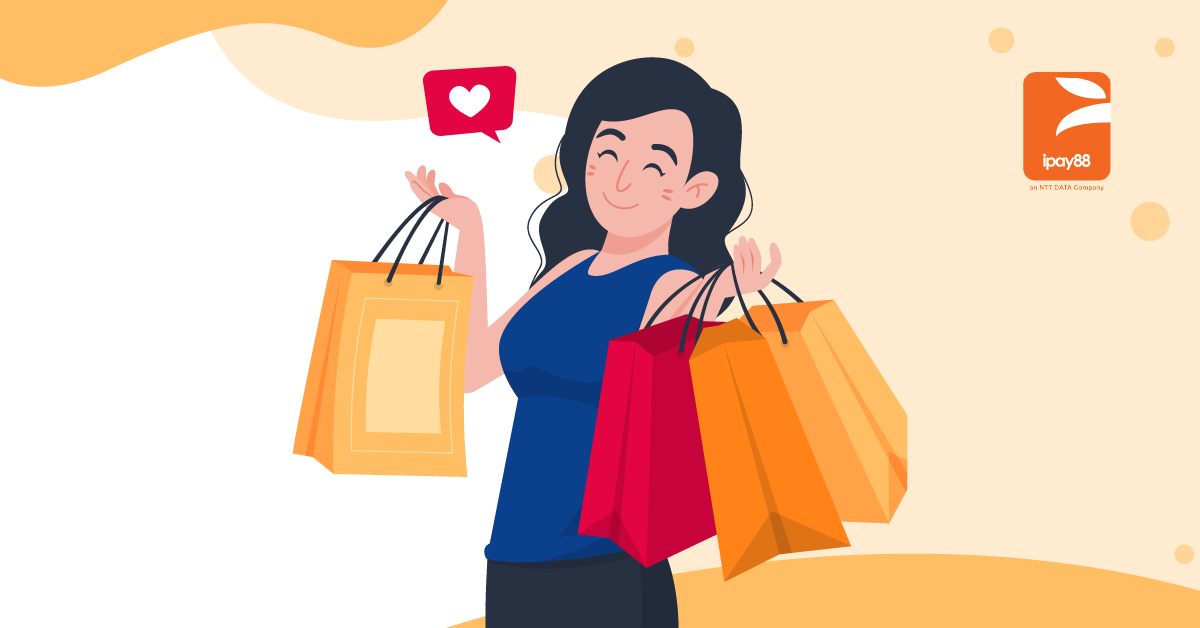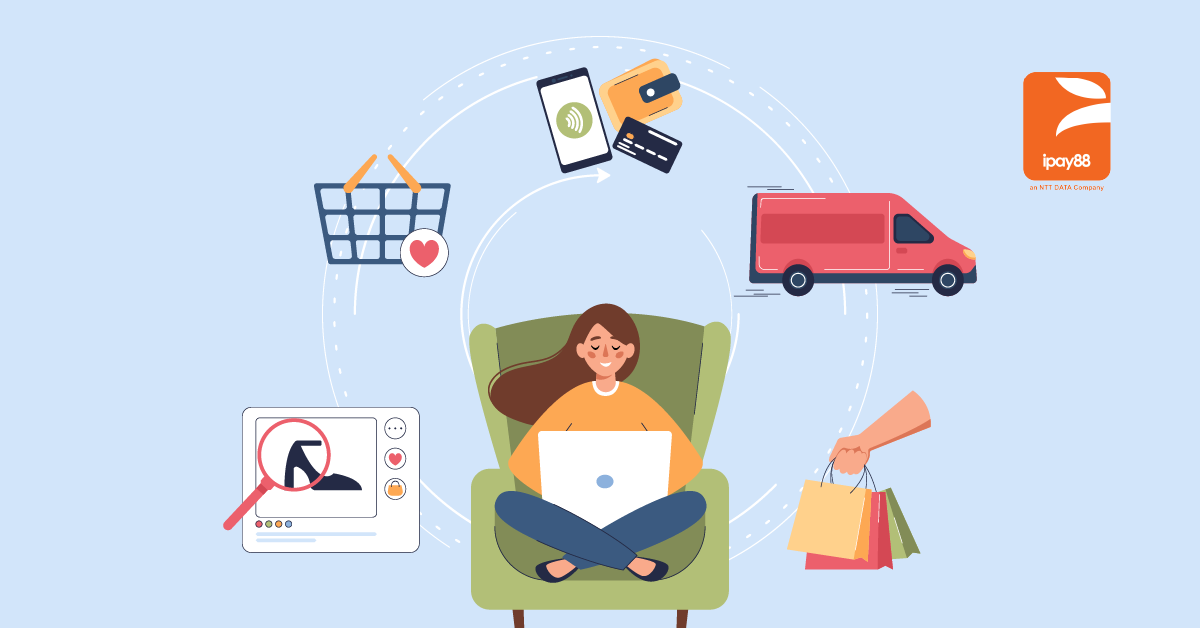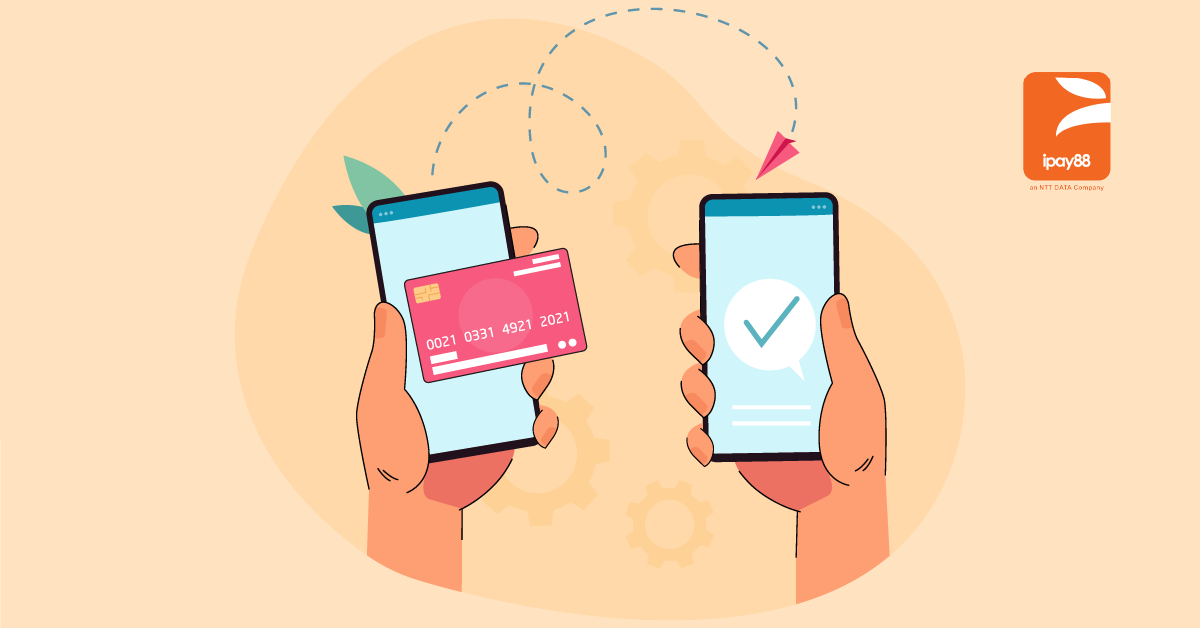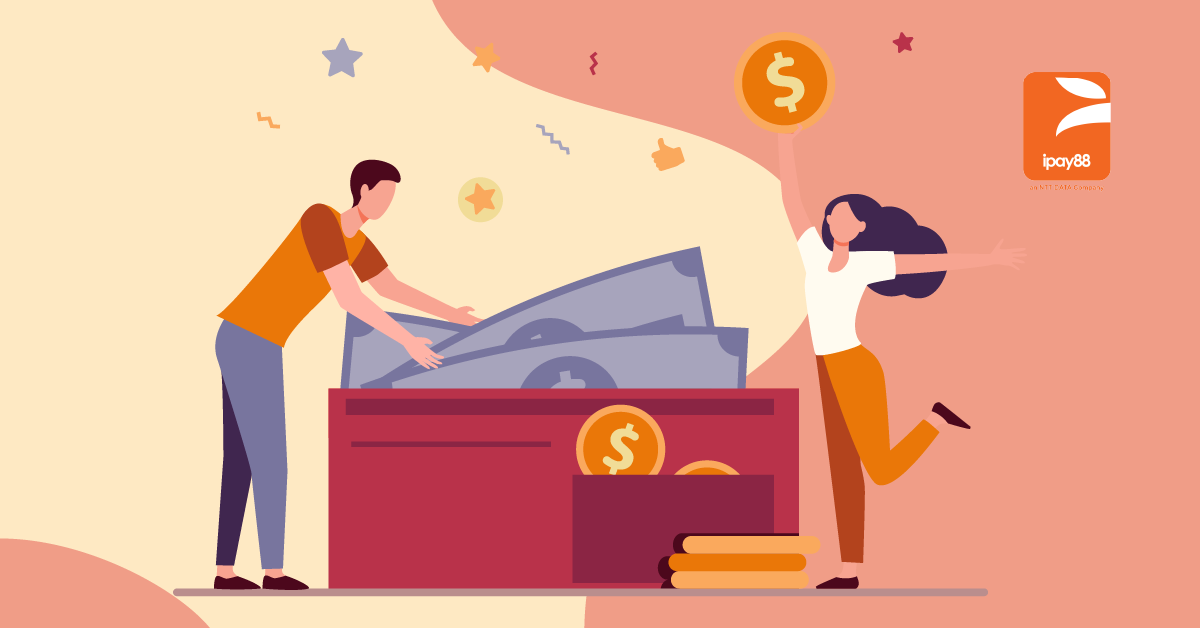For some, product bundle strategy might sound like a strange term while others do not find any interest in that practice.
But, before you jump to conclusions, did you know that product bundling marketing has been revolving in our daily lives for a very long time?
Relax, there’s no need to crack your head on this, just visit any fast food restaurant nearby and you’ll have your queries figured out.
Just ask yourself, do you most commonly order a set meal instead of choosing from an a la carte menu?
The logic behind this is pretty simple, and you may already know the answer.
In the eyes of consumers, set meals are considered to be way more valuable if compared to stand-alone meals.
Basically, you pay lesser for more food options. And this perfectly illustrates the classic example of how product bundling works.
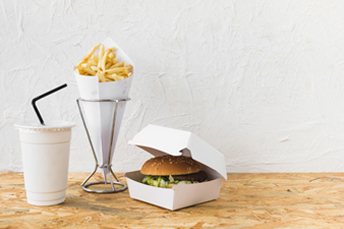
What is product bundle strategy?
To put it simply, a product bundle strategy is a strategy where you group the products that you offer to your users, typically in the form of a combo, kit, or multi-buy offer, at a rate worthier than the original.
This way, buyers can choose to purchase one or two items, or multiple together in a “bundle.” The psychology of bundling makes customers feel that they were able to grab a special deal and hence, induces a satisfactory feeling after purchase.
Apart from increasing customers’ purchasing value, product bundling is another great way to empower retailers achieve revenue goals.
At the end of the day, every retailer shares a common goal: to earn more revenue, and offering product bundling might just be able to fit the gap between sellers and buyers.
Here are 5 creative product bundle strategies and ideas to increase your store revenue:
Product bundle strategies and ideas
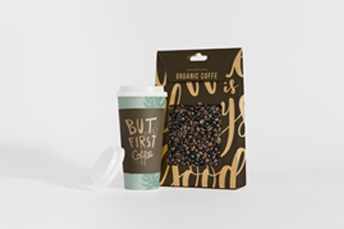
Add slow-moving products into the bundle
Typically, retailers would choose to offer discounts for products that are not selling fast or are nearing the end of their shelf life.
While price cuts and discounts are great ways to attract buyers, this is not the only way to get rid of slow-moving products off your shelves.
For instance, you can bundle it together with a higher-priced product.
Consider selling a premium coffee at a lower price to customers when they purchase another item that is less well received. From a buyer’s perspective, they would assume that they’ve nabbed a good deal as the premium coffee is now sold at a lower price than the original.
On top of getting rid of products that are not selling well, it also encourages consumers to make purchases. And who knows, you may generate enough interest to turn the slow-movers into hot items.
Sounds like you could kill two birds with one stone, no?

Make use of festive occasions
When it comes to the holidays, there is always one thing that excites everyone – shopping!
What’s a better time to splurge and show appreciation to others during this period?
However, it can also be a stressful time for shoppers as most struggle to find the perfect gift to give away, especially if you have no clue about the receiver’s interests.
This may be a problem for buyers, but it could turn into an opportunity for sellers to attract customers during the festive event and generate more business revenue.
Let’s take beauty product stores as an example. Beauty products are great items when it comes to product bundling; as some products apply to both genders.
During this season, you are very likely to come across different types of beauty products bundled in fancy packages, displayed on store shelves.
On top of that, these bundles come at different prices, depending on the types of products included. Ideally, customers would be able to search for packages that offer varieties and meet their budget at the same time.
Most importantly, retailers are most likely to benefit from these product bundles as they make great gift choices during festive occasions.

Get creative with subscription boxes
If you are a trend-watcher, you’d know that subscription boxes are one of the in-things happening for e-commerce sellers now.
Riding on this trend, many brick-and-mortar retailers have also begun their own subscription box services.
For every subscription box purchased, customers will receive a variety of goods, which are perfect for first-time users who want to test-drive products before purchase.
For the beauty-obsessed, subscription boxes serve the purpose just right. Instead of selling only one type of product, retailers could mix products of different price ranges together and sell them at an attractive price.
Through this method, retailers can also use the opportunity to promote average-performing products and broaden customers’ preferences all at once.
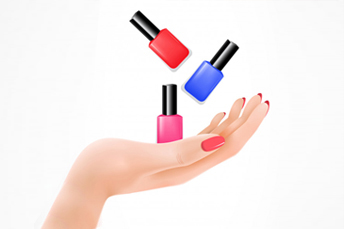
DIY product bundling
For all you know, product bundling can even go to the extent of building your own bundles.
To make product bundling appealing, some retailers have taken a DIY approach to product bundling, giving freedom to shoppers by allowing them to create their own collection of goods.
Of course, this may seem counterintuitive to the idea of building product awareness, but sellers can still encourage product discovery by allowing customers to choose from a set group of products, narrowing down their choices to the items they want to promote.
Instead of focusing only on gift-giving, retailers could offer customers to choose a few products of their choice at a discounted price.
For instance, selling 3 bottles of nail polish at a price of 10 instead of paying 4 for one bottle. As a result, customers are more likely to increase their purchases due to the price difference.
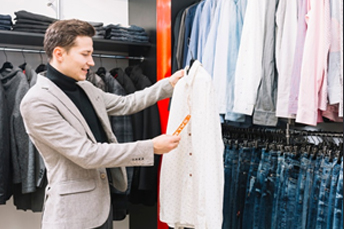
Slash product prices and upsell
The works is that customers see getting more than one product for a slightly higher price than a single product as a deal.
Product bundling also increases their perceived value and also earns customer loyalty because the need to go to another site or store is reduced.
With retailers slashing their product prices, it demonstrates to customers the discount they can get. For brick-and-mortar stores, retailers could leverage on in-store pricing signage to promote their product bundles.
Store owners can train in-store salespeople to promote bundles at checkout counters. For example, try getting your sales team to upsell your customers before they make their payment.
Perhaps something like this will do the trick: “If you add product X, it will be a few bucks cheaper than the original”.
Conclusion
Overall, product bundles are a great way to increase the perceived value of your products and encourage customers to spend more in your store. Use these product bundle examples properly and you might just see an increase in your store revenue.
For more updates related to industry news, remember to read our blog posts.

